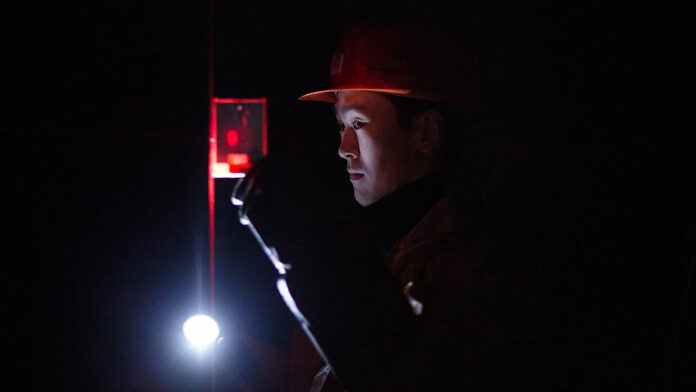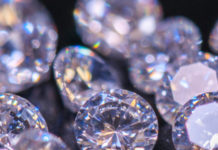
ANGLO American’s 85% owned diamond subsidiary, De Beers reported provisional sales for its fourth cycle of $604m, nearly 7% higher than the previous cycle, and 57% higher than sales at the same point last year when Covid-19 restrictions were tighter.
Bruce Cleaver, CEO of the diamond group, said strong consumer demand for diamond jewellery in the US helped support sales. He warned, however, of a potential contraction in sales for the current sales cycle.
“Rough diamond demand in the coming cycle will be affected as usual by the closure of many diamond polishing factories in India for the traditional May holidays,” he said in a company statement today. Diamond businesses were also closely monitoring the effects of Covid-19-related lockdowns in China and the war in Ukraine and associated sanctions.
Bank Morgan Stanley said the improvement came at the same time as a material decline in Indian imports of rough stones suggesting there had been a gain in market share in the unpolished market amid reluctance to buy Russian rough diamonds from the country’s producer, Alrosa.
Alrosa accounted for about 30% of diamond production in 2021. Its sales, mainly to Belgium, India and the United Arab Emirates, totalled $4.2bn in 2021. According to a report by Reuters in April, Russia’s Gokhran may buy Alrosa production. This follows several phases of sanctions led by the US government on Russian sanctions since its February invasion of Ukraine.
Gokhran is generally more focused on purchases of precious metals from Russian domestic producers than diamonds, but it bought $1bn from Alrosa during years of weak demand caused by the global financial crisis, said the newswire.
Commenting broadly on the market, Morgan Stanley said polished prices had weakened between 8% and 10% from their 2022 peaks and by one to three percent for stones between 0.3 and one carats.
Lower quality stones of less than 0.3 carats had seen the largest correction of about 10% lower compared to an 8% decline for larger stones above a carat, the bank said.
Morgan Stanley said De Beers was currently heading for earnings before interest, tax, depreciation and amortisation (ebitda) of $1.2bn for the 2022 financial year which compares to $1.1bn ebitda for last year.
De Beers was the stand out performer in Anglo American’s first quarter production report published in April. Amid a number of missed production targets for the UK-listed group’s other assets, De Beers reported rough diamond production 25% higher.
This was put down to a strong operational performance and lower rainfall impact, particularly on the major Botswana mines. Production guidance for 2022 is unchanged at 30 million to 33 million carats. Unit cost guidance was also unchanged at $65/carat.










